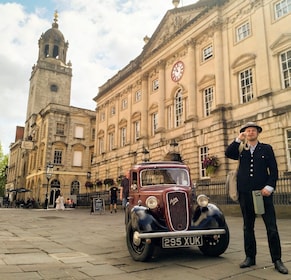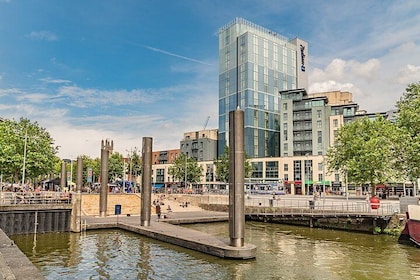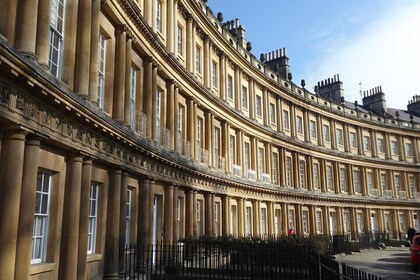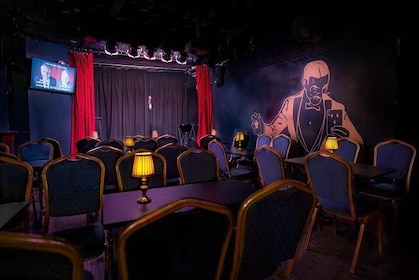Queen Victoria's Statue
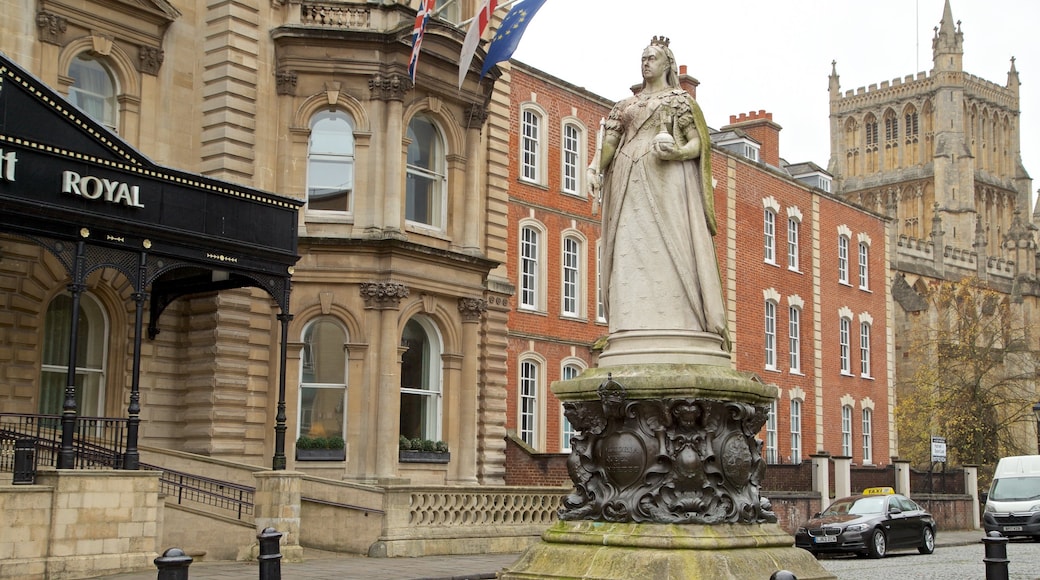


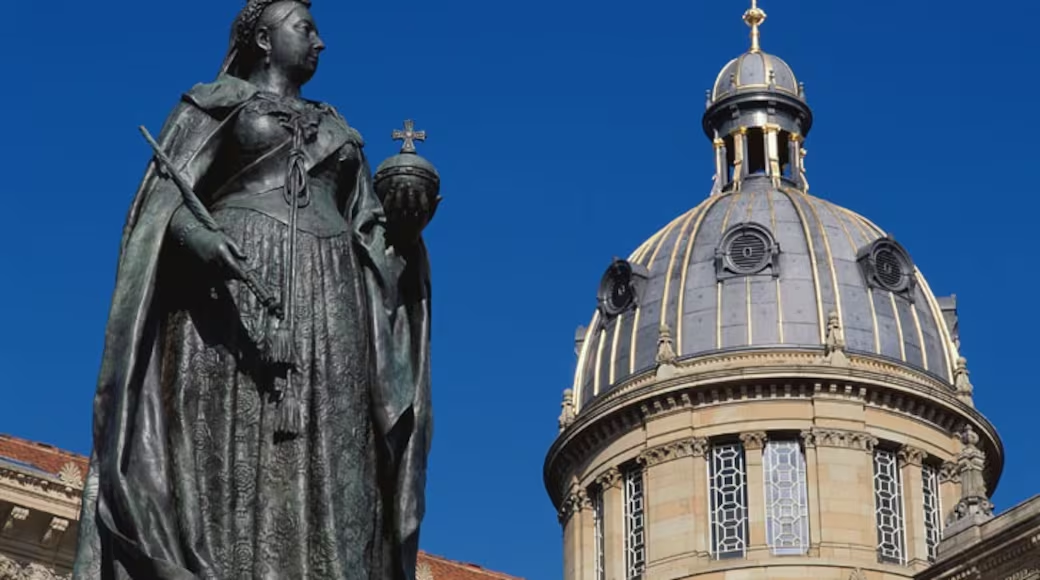
Visit Queen Victoria's Statue
Tours & day trips
See all 41 activities
Stonehenge & Cotswold Villages from Bristol
Private & custom tours
See all 14 activities
Secrets of Bristol Waterfront: Self-Guided Puzzle Adventure
Shows & concerts
See all 7 activities
Thursday 9pm The House Magicians One Man Show
Adventure & outdoor
See all 5 activities
The Best of Bristol Bike Tour
Popular places to visit
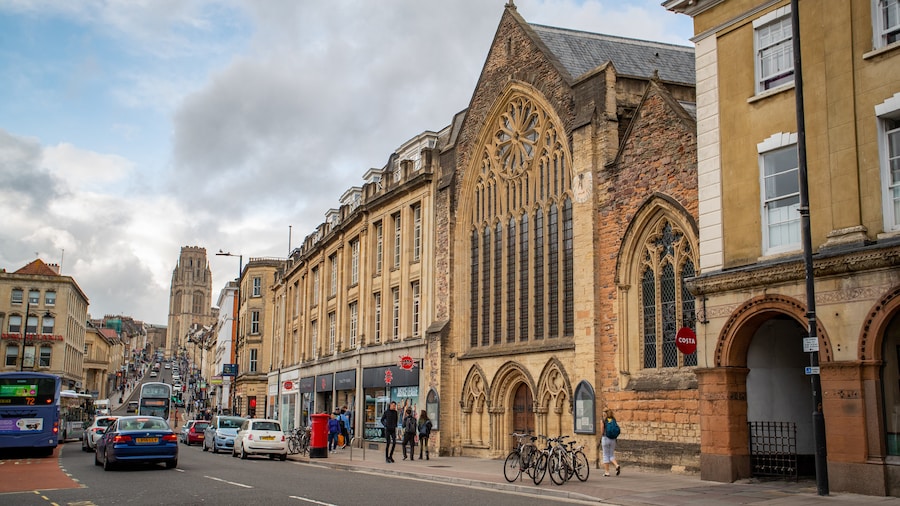
Lord Mayor's Chapel
See dedications to former city mayors, the tombs of ancient knights and exquisite stained glass at this 800-year-old church.
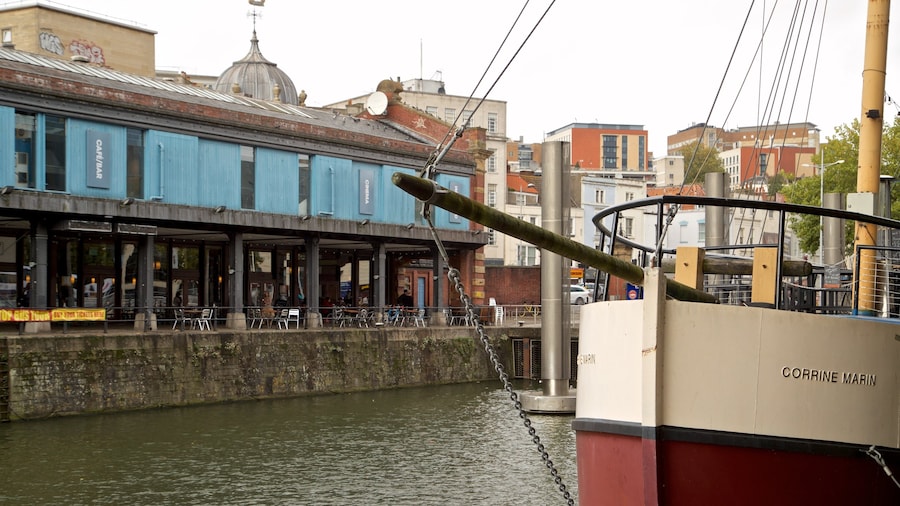
Watershed
Movie screenings, festivals, art exhibitions and live music present a busy schedule of events at this digital media center.
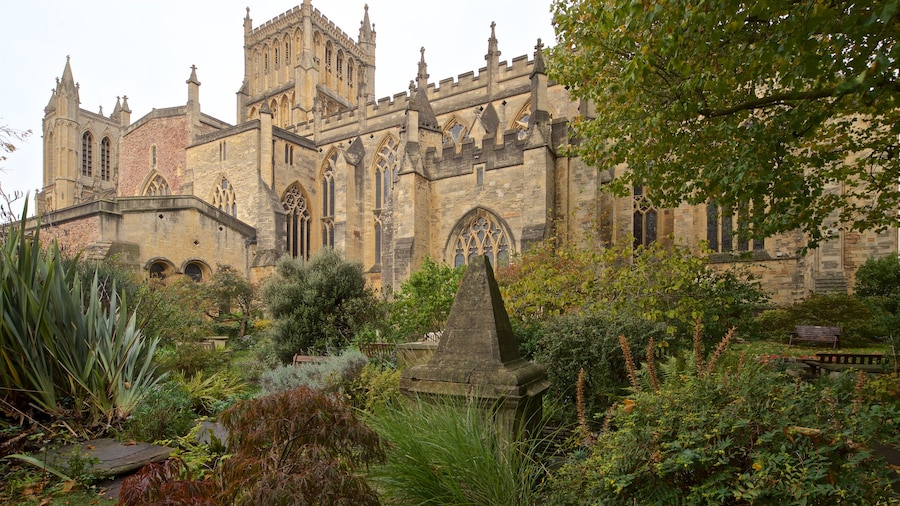
Bristol Cathedral
This 900-year-old religious monument is revered for its exquisite vaulted ceilings, stained-glass windows and Romanesque-style Chapter House.

Bristol Hippodrome Theatre
This historic theater offers a wide variety of entertainment, from West End productions and Broadway shows, to traditional pantomimes and opera.
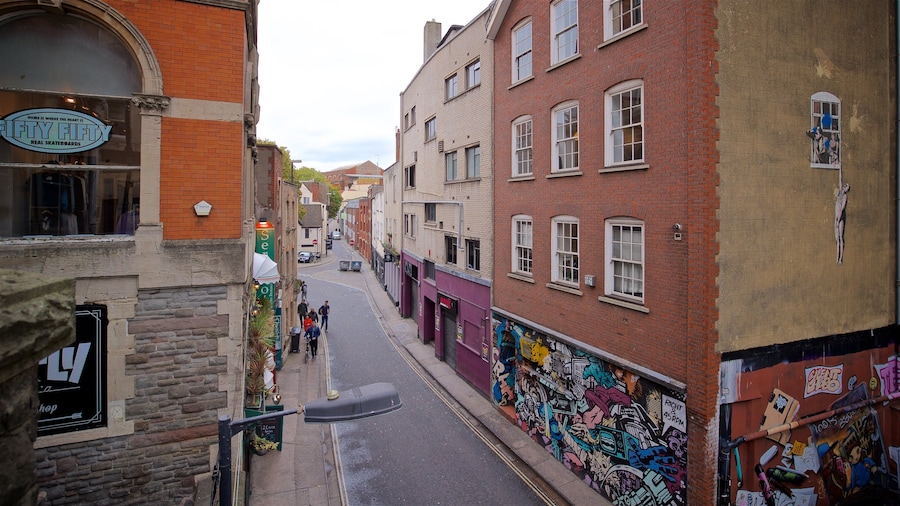
Banksy's Well Hung Lover
Decorating the side of a former medical clinic is a thought-provoking street mural created by one of Britain’s most-loved and prolific graffiti artists.
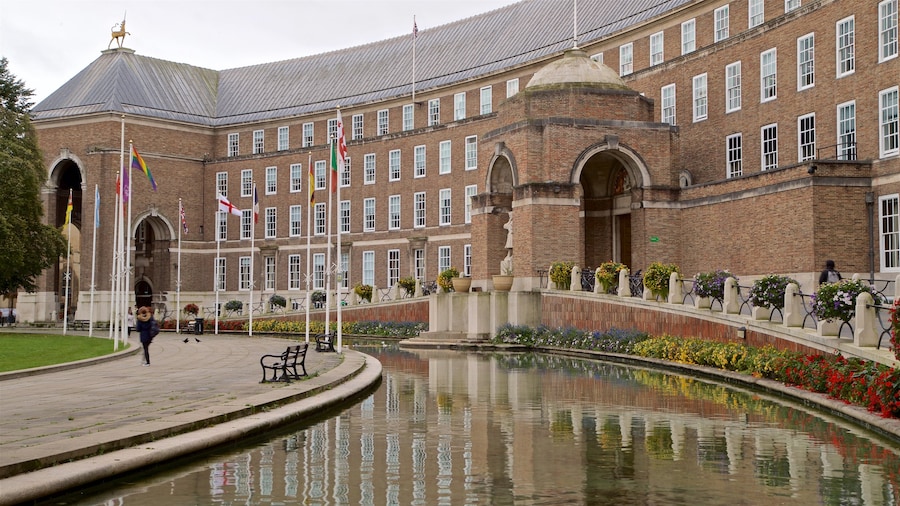
Bristol City Hall
An impressive Neo-Georgian landmark presides over a pretty square and is home to the exquisitely decorated chambers of Bristol’s city council.
Top Queen Victoria's Statue Hotel Deals
Check availability on hotels close to Queen Victoria's Statue

Bristol Marriott Royal Hotel

Delta Hotels by Marriott Bristol City Centre

The Bristol Hotel

Clayton Hotel Bristol City

ibis Bristol Centre

Mercure Bristol Grand Hotel

Radisson Blu Hotel Bristol

Leonardo Hotel Bristol City

Future Inn Bristol
Explore a world of travel with Expedia
Explore a world of travel with Expedia
- Holidays and getaways similar to Queen Victoria's Statue
- Hotels Near Queen Victoria's Statue
- Hotels near other Attractions
- More Hotel Options in Queen Victoria's Statue
- Expedia's Latest Trends
- Hotels near Cabot Circus Shopping Centre
- Hotels near University of Bristol
- Hotels near The Mall at Cribbs Causeway
- Hotels near Thermae Bath Spa
- Hotels near Bristol Hippodrome Theatre
- Hotels near Roman Baths
- Hotels near Clifton Suspension Bridge
- Hotels near Bath Spa University
- Hotels near Bath Christmas Market
- Hotels near SS Great Britain
- Hotels near The Wave
- Hotels near The Recreation Ground
- Hotels near Bath Racecourse
* Savings based on package bookings compared to the price of the same components booked separately. Savings not available on all packages. Book Flight + Lodging, save up to 100% of flight price - Savings based on flight + lodging package prices as compared to the price of the same components available for booking separately before all discounts and rewards applied. Your bundled savings cover up to 100% of your flight. Savings vary based on origin/destination, length of trip, stay dates and travel suppliers. Savings not available on all flight + lodging package bookings.



